The Hybrid Invention Generator
The Hybrid Invention Generator provides an environment for rich associative and contemplative activity surrounding the notion of invention….the combination and recombination of evocative digital fields of meaning that a new form of poetics called Recombinant Poetics can be explored
The Hybrid Invention Generator plays with process of re-contextualization. It serves as a brainstorming tool to explore seemingly illogical combinations of objects that have the possibility of generating ideas for new inventions. It is the computer-based dream-like nature of the productions of the Hybrid Invention Generator that spark the imagination. The generator enables effortless substitution of media elements to produce combinations or media-configurations of image, sound and text. This work is part of Seaman’s research and creative practices exploring the design and implications of recombinant poetics – an expanded media-language that includes the juxtaposition of text, images, objects and code. Seaman examines through technological means the peripheries of meaning and the complexities of the production of meaning by the active participant. It is this playful, poignant, intentional exploration of “reframing” that Seaman’s recombinant poetic works seek to point at through interactive engagement. He utilizes displacement and re-framing as specific aesthetic strategies.
Two scrolling sets of inventions are presented as three-dimensional objects. Participants can move this “train” or “conveyor belt” of inventions and observe differing devices. Each invention has a specific authored database, providing additional information related to a set of potential ways of understanding these devices in terms of “Input”, “Functionality” and “Output”. The user of the system can select a particular “invention” by touching the screen. A single invention is then presented on half of the screen, under the selection “train”. This invention appears as a three-dimensional model that can be oriented in space by the participant. The user now selects a second invention/object from the alternate menu. Once the second invention is chosen, a juxtaposition of the two inventions is presented – one on the left side of the viewing screen, a second on the right side. A repetitive audio track accompanies each invention and changes as each different invention is viewed.
An elaborate set of “Conjunction Codes” have been developed that suggest differing ways of bridging the output of one invention with the input of the other device by suggesting different ways that the output from one device could be translated into a form that could functionally become the input of the second device. Sometimes highly suggestive of a workable device, while other times more humorous or contemplative in nature, the “conjunction codes” provide an interesting field of association for the participant. They are presented at the bottom of the screen after the participant selects the “generate” button. These lines of text are run together, and in a literal/poetic manner reflect the merging of the two chosen devices.
Inspiration for this project comes in part from the fact that the historical process of invention has been preceded by kluging together seemingly disparate ideas, objects, and prior inventions. The history of the design of the computer provides a prime example of how seemingly illogical mechanisms were brought together to make a radical jump in terms of functionality from the power loom, to the typewriter and graphic display mechanisms.
The Hybrid Invention Generator thus becomes a brainstorming tool for such illogical combinations for inventing the future. The Hybrid Invention Generator is an instrument for meta-invention that bridges artistic, philosophical and literary methods of creative invention with the generation of conceptual machines. It is a playful and sometimes illogical exploration of logic provided by use of the Hybrid Invention Generator, enables one to interactively explore the borders of logic. One notes that there is a place for experimentation and a place for absolute clear-headed functionality. Yet, the logical/ poetic realm supported in the Hybrid Invention Generator teeters on a line that embraces both a very large logical complex system, as well as the absurdities that arise through exploration of that system. This can be said is also central to the intuitions surrounding the development of new inventions – an attitude of openness about creative solutions. In this case the conceptual history of each device, reframes the other – sometimes humorously, sometimes expressively. The hybrid mechanisms that the computer can engender are associative and contemplative in nature. Defining the edge of logic is an interesting undertaking. This is not to say that such potentials do not have their dangers. Thus the mechanism also generates the visualizations of “monsters” and humorous devices that suggestively auto-critique this emergent process.
No comments yet. Why not add the first?
Acknowledgements & Credits
Acknowledgements
The Hybrid Invention Generator was developed in collaboration with Gideon May and funded by Intel.
Credits
Texts: All texts were written by the exhibition participants.
Editor: Pamela Jennings, Pittsburgh, PA (USA)
This work has been republished from the 2007 Exhibition 'Speculative Data and the Creative Imaginary: Shared Innovative Visions between Art and Technology' curated by Pamela Jennings As part of the ACM Creativity and Cognition Conference at at the National Academy of Sciences' headquarters at 2100 C St., N.W., Washington, D.C. The original exhibition catalogue can be found at: http://www.pamelajennings.org/PDF/NAS_Catalog.pdf
Exhibition Sponsors
Office of Exhibitions and Cultural Programs of the National Academy of Sciences presenting a program of exhibitions that explore relationships among the arts and sciences, engineering and medicine.
http://www7.nationalacademies.org/arts/
The 2007 Association for Computing Machinery Creativity and Cognition Conference held in Washington D.C. June 13th – 15th, 2007, exploring the theme of cultivating and sustaining creativity: understanding how to design and evaluate computational support tools, digital media, and socio-technical environments that not only empower our creative processes and abilities, but that also encourage and nurture creative mindsets and lifestyles. - http://www.cs.umd.edu/hcil/CC2007/
National Science Foundation Computer, Information Science and Engineering (CISE) Creative IT Program, exploring the synergies between creativity and information technology, science, engineering, and design research.
Copyright is held by the author/owner(s) of the text and images reproduced in this catalog.
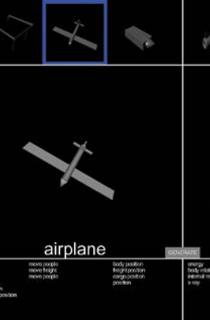
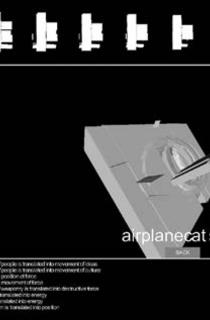
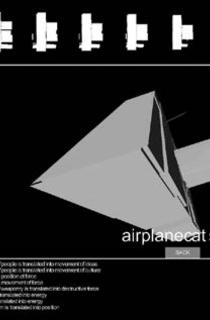
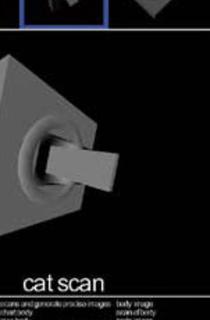
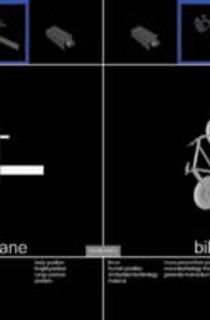
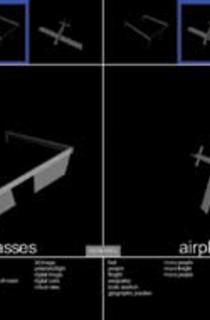
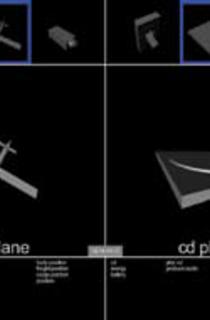
← Back to work
0 Comments